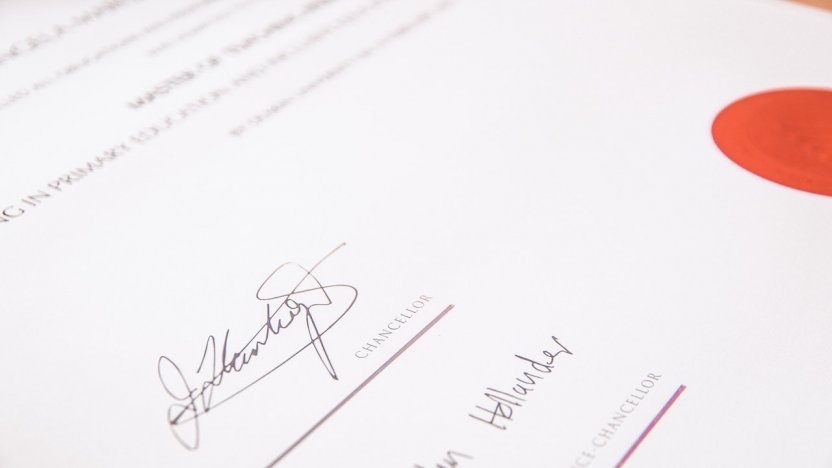Trademark documents and electronic signatures – an update

The COVID-19 pandemic has posed new challenges to companies and their legal advisers, including that of obtaining the necessary signatures for the execution of documents. In response, the Law Commission has issue an updated guidance note.
As we covered previously, the COVID-19 pandemic has changed the ways in which trademark professionals manage routine tasks. While technology has enabled us to rapidly transition to working from home, obtaining necessary signatures requires even more advance planning at this time of social distancing.
As predicted in that earlier article, the UK’s lockdown, added to the already increasing demand for flexibility in respect of witness documents, has acted as a catalyst for the Law Commission to push forward its work on reform in this area. On 18 June 2020, it updated its guidance note in relation to the virtual execution of documents and the use of e-signatures to include tips on how to operate in practice in the current, challenging circumstances.
Law Commission best practice tips and advice
Its tips are as follows:
- 1. Follow the Law Commission’s best practice notes for executing documents by virtual means and executing documents using electronic signatures;
- 2. Agree: All parties should agree on how best to manage the transaction;
- 3. Verify: Consider what steps (if any) should be taken to verify the identity and authority of each person signing beyond that which is required by law, including the anti-money laundering regime;
- 4. Evidence: Ensure any evidence required for verification is easily accessible;
- 5. Report: Notify all parties when the transaction has been closed; and
- 6. Understand: Make sure that you’re aware of the legislative, regulatory or cultural requirements for virtual execution and e-signatures in the relevant legal area.
What does this mean for trademark owners?
Current circumstances have made the execution of documents more difficult of course; however, with the right preparation and forethought, it is possible to meet deadline and formality requirements. In line with the above guidance, we advise:
- Prepare for the execution of documents as early as possible, in order to agree a method of signature that is acceptable to all parties and still legally binding in the relevant jurisdictions.
- Prepare images of signatures and/or electronic signatures and arrange for documents to be scanned or printed so that signatories can easily access them.
- Consider arranging for original documents to be posted between the parties for physical signature, where electronic signatures are not accepted (e.g. outside the UK and EU).
- Check in advance if witnessing is required and, if so, what form of witnessing would be acceptable in order to meet local requirements.
- Allow sufficient time to have any documents notarised and where legalisation is required, make third parties aware of the limited service being offered in the UK.
For further guidance on managing signatures, witnesses, notarisation and legalisation, please speak to your Novagraaf attorney or contact us below.